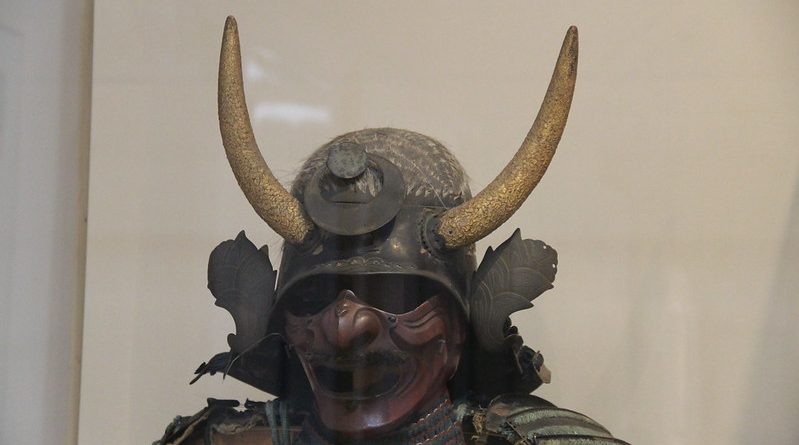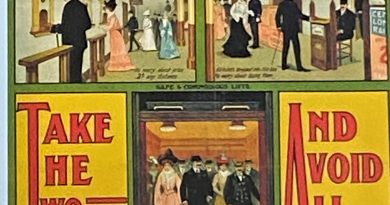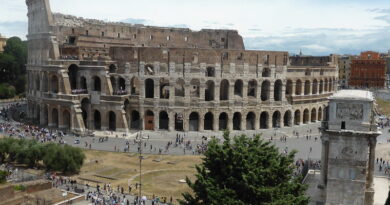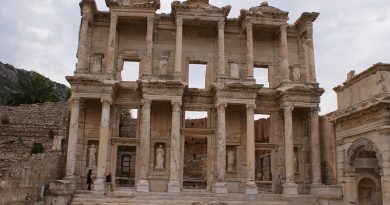Ancient Samurai
On the main train line from Kyoto and Osaka in the west to Tokyo in the east, Sekigahara is located at the foot of a pass through the mountains, which has been a strategic spot for centuries.
In October of the year 1600 the bloodiest and most important battle in Japan’s ancient history took place here . It was a clash between the eastern alliances, who were in possession of the town and the western alliances who were camped here in the surrounding hills.
Each year, on the anniversary of the battle, a troop of reenactors dressed as Samurai musketeers commemorate the thousands who died here with a salute of their guns which are 500 years old.
The centre of the battlefield is marked by ta memorial. The eastern alliance had around 75,000 samurai, and the western alliance had even more. The battle itself lasted just 7 hours, but it was ferocious. As many as 30,000 samurai were killed.
The most famous of the samurai warriors who fought in the battle are remembered on a giant mural in town, a replica of a painting created just after the battle.
The samurai would take heads in battle and a famous samurai Kanisaizo took the most number of heads at Sekigahara,- 17 heads in total
Nearby is the place where the leader of the victorious eastern alliance, Ieyasu Tokugawa, set up court to view the heads of his defeated enemies on the afternoon of the battle.
There’d be specially trained women who would clean the heads up. They’d clean up the blood, they’d put a bit of rouge on the face, to make it look a bit healthier, they’d comb the hair, they’d perfume it and prepare it for presentation.
Losing your head to the enemy was very embarrassing. So some of the samurai would actually commit seppuku, which is also known as hara kiri,- they would cut their stomach open, and have a friend cut their head off, so that it wouldn’t fall into the hands of the enemy.
The Japanese Samurai sword was the sharpest, the finest, thsay could literally take off somebody’s head with one cut.




